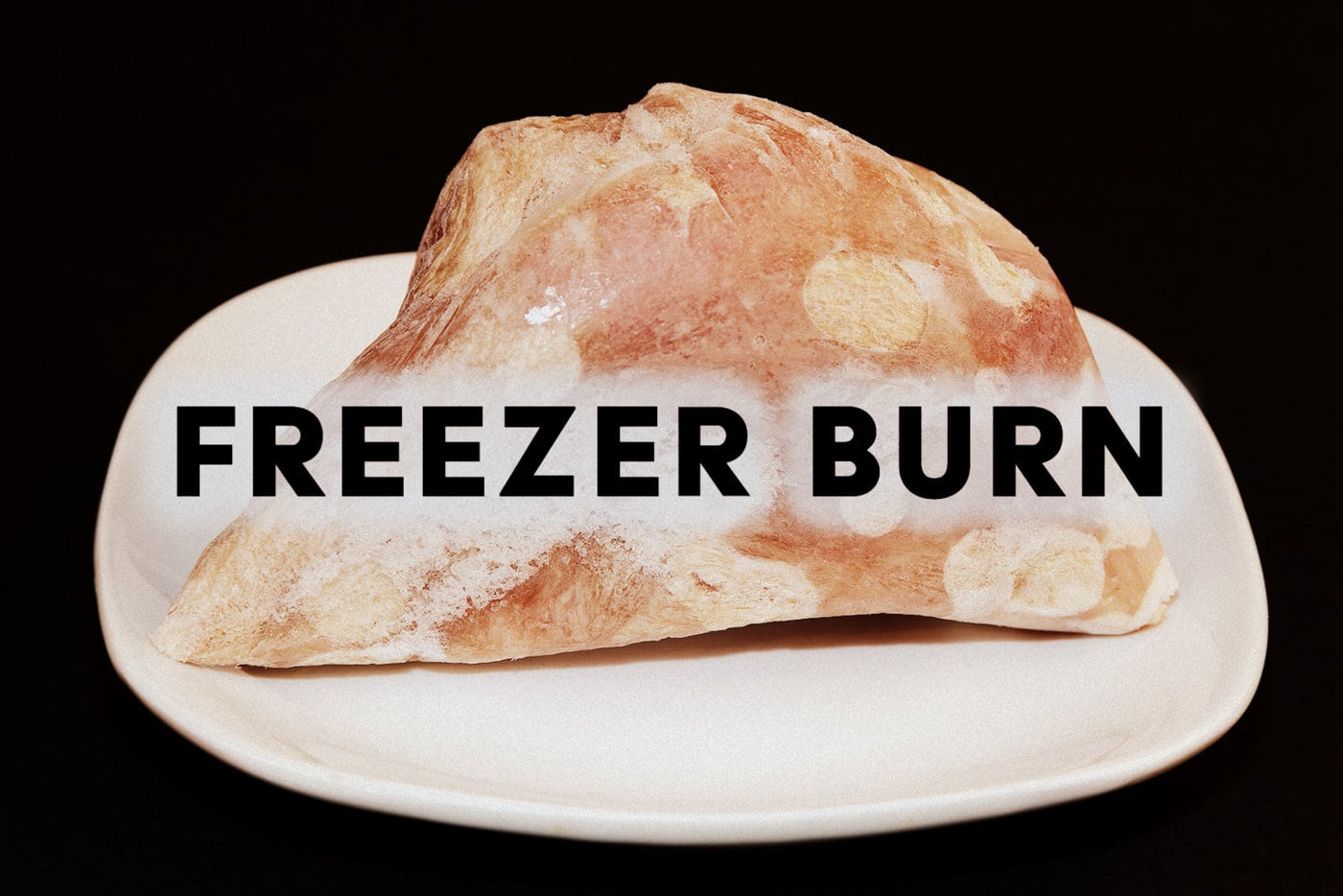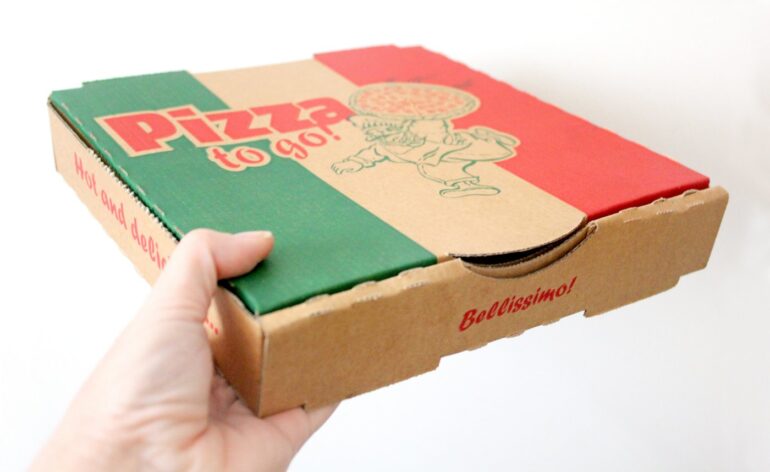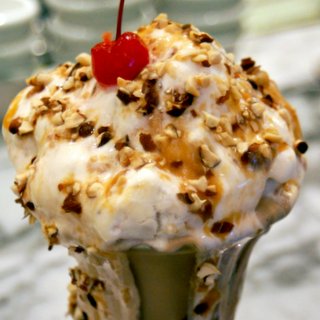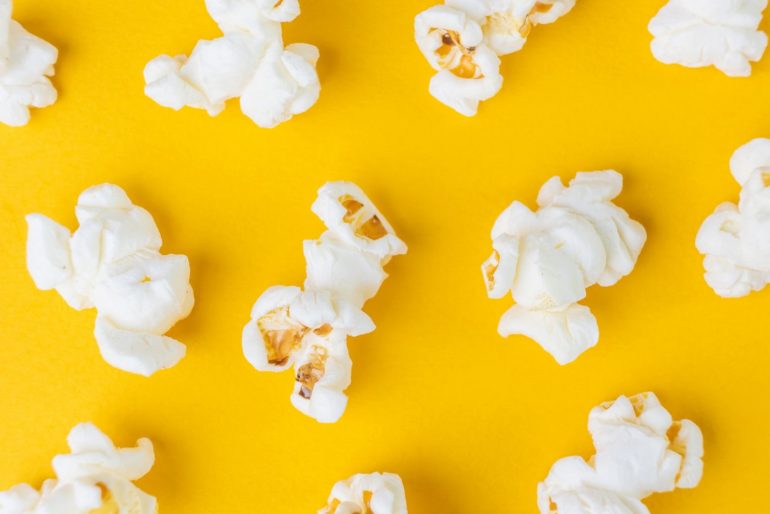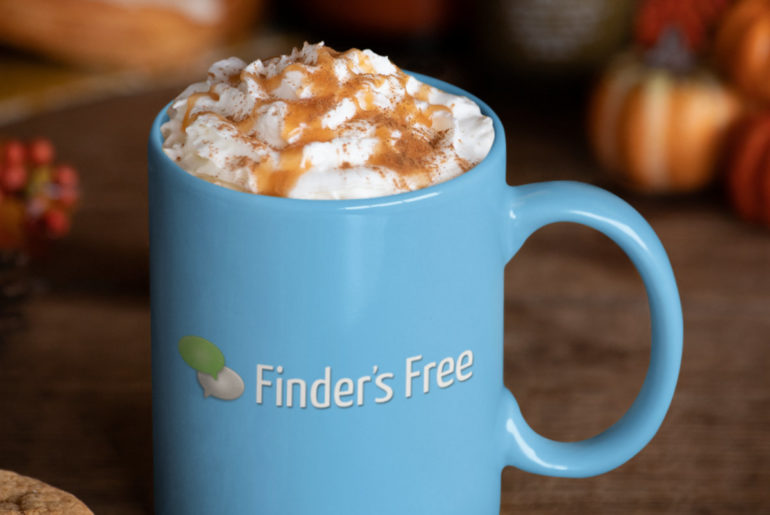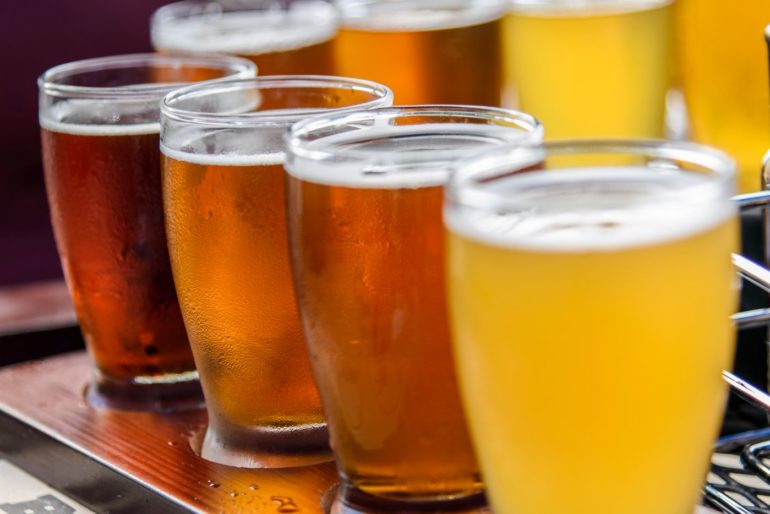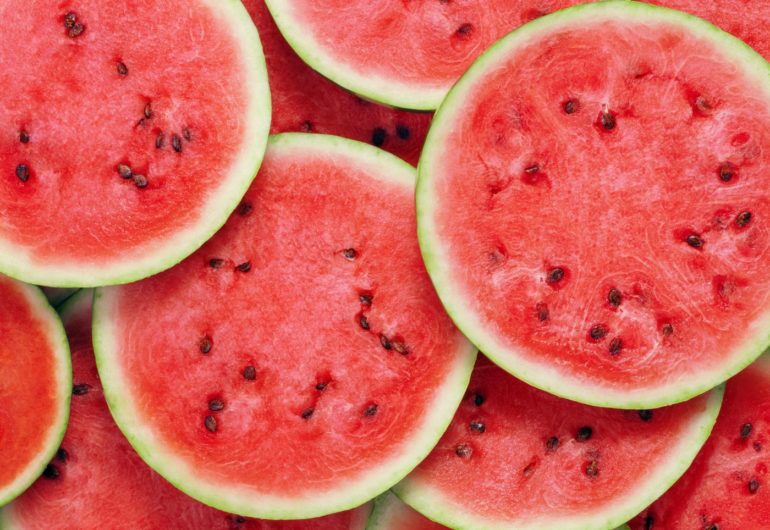What is freezer burn?
Have you ever wondered what happened to a steak in the freezer that looks discolored and parched?
It is covered in frost and there are dry spots on the meat. But you know that it looked fine when you froze it a few months ago. What caused this transformation?
When food is frozen as a method of preservation, thousands and thousands of water molecules within the steak form ice crystals.
These water molecules prefer the most hospitable environment — the coldest place in your freezer. The molecules migrate from the steak to the coldest place they can find, which is often the side of your freezer. The loss of these water molecules causes the steak to become dehydrated. The end result is freezer burn.
When water molecules escape from your frozen food, it is also possible for oxygen molecules to seep in (oxidation). The oxygen molecules can dull the color and modify the flavor of your frozen product.
ALSO SEE: How can you figure out what gave you food poisoning?
What is freezer burn, and why did this happen?
Most likely, your food was not tightly-wrapped, enabling water molecules to escape and seek a better location.
Freezer burn is likely to occur to items stored in the freezer too long. There is a limit to how long items should be stored in the freezer, because sooner or later, the water molecules will find their way out of the frozen food to a colder place in your freezer.
The temperature of your freezer may have been above 0 degrees F. Freezer burn will set in from fluctuating temperatures above 0 degrees F.
Freezer burn can hurt more than just meat
Any food you store in the freezer has the potential to be affected by freezer burn — even ice cream and frozen waffles, bread and vegetables.
Food that has freezer burn is safe to eat, but you may find that because of the dehydration and oxidation, the texture and taste is not at all what you want.
Freezer burn does not make food unsafe, but it will be dry and flavorless in spots. The burn appears as grayish-brown leathery spots and is caused by air coming in contact with the surface of the food.
The USDA Food Safety and Inspection Service suggests that you cut freezer-burned portions away either before or after cooking the food, and that heavily freezer-burned foods may have to be discarded for quality reasons.

